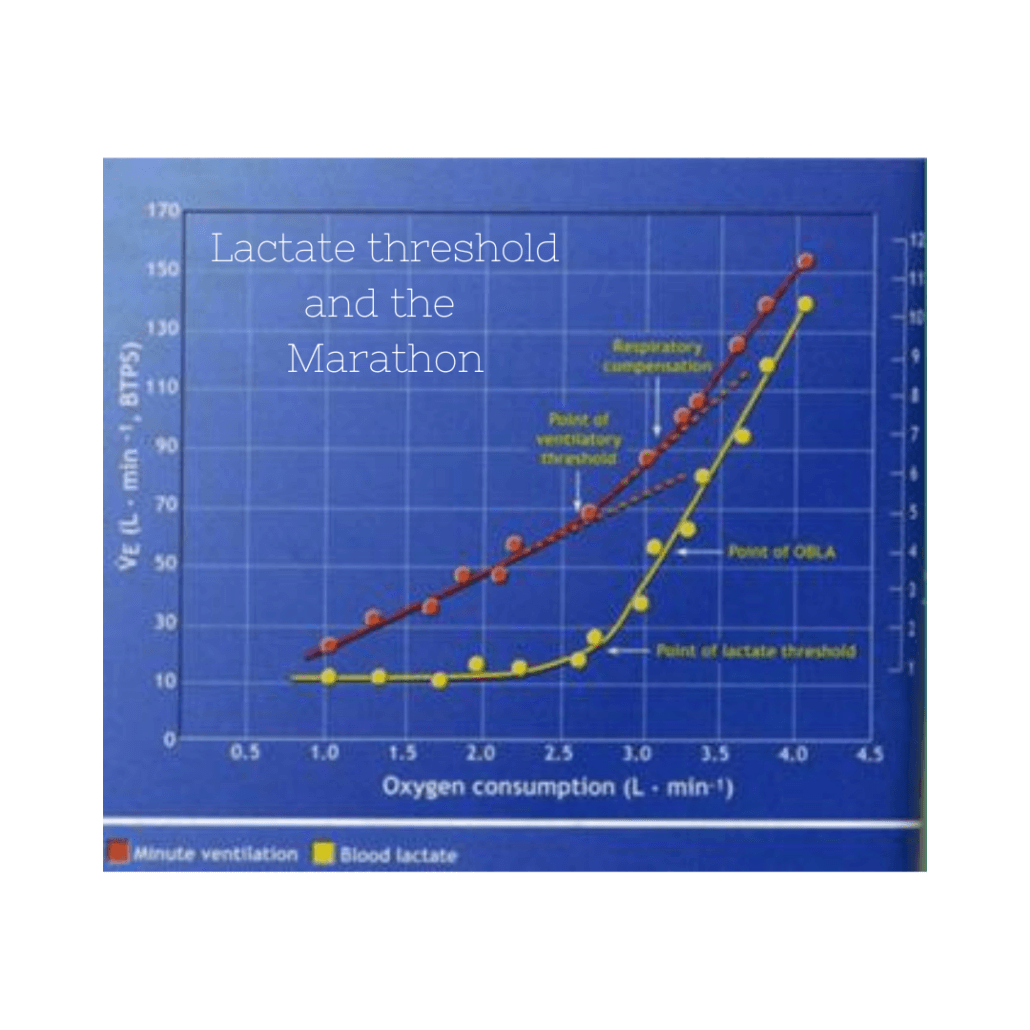10k Training Philosophy

When I look at that the 10k and what you need to be successful, I think of being a Jack of all trades. The event lasts between 30-60 minutes for the vast majority of my runners which means you are dealing with a lot on the physiological level. Along with that, 30 minutes covers a vast range of runners. A 30 minute 10k runner is a highly competitive runner, while a 60 minute 10k runner would be in the recreational, possibly newer runner. That’s quite the spectrum. When looking through the popular theories on training for the 10k, I see one glaring problem. They all seem to be geared toward the runners in the sub 30 to about 40 minute crowd. It’s not the end of the world, but I do think that you have to adjust as a runner’s time moves further away from that 40 minute mark. Despite that, there are still general ideas that remain true, regardless of the runner.
Ingredients for a good 10k training segment:
- A high level of aerobic energy production. Most of the time you will see the 10k as a 90/10 split with 90% of energy requirements coming from aerobic production and 10% coming from anaerobic production. However, the closer one gets to a 60 minute performance, the higher that aerobic number goes and the lower the anaerobic number goes. Of course, these can’t be huge swings, but it potentially shifts how much faster running a runner might need, depending on ability.
- Overall moderate to high weekly volume of mileage, appropriate for overall ability. This might mean 30 miles/week for a newbie, up to 100+ for an elite.
- Long runs remain important- not necessarily important to do every weekend, but every other week. Keep in mind percentages of weekly volume. Pace maybe more aggressive here.
- Develop lactate threshold via two mechanisms.
- The traditional tempo run of 20-25 minute at your lactate threshold. This is the pace you can hold for about an hour. This could be 10k pace to 20k pace, depending on ability. The idea here is being able to tolerate moderate amounts of wasteful byproducts for sustained amounts of time. Just tough enough to make you develop some grit to sustain the effort.
- Longer repeats. If you are familiar with our marathon training, these would be like the strength repeats you do, but faster on the spectrum to reflect your race distance. These would be more in line with what is called your Critical Velocity or Critical Pace. We touch on CV HERE. For the 10k, this would correlate to 8k-10k pace for most of my athletes.
- Develop aerobic power through fast running (100% VO2max), which would be mile to 3 km pace for most athletes. This would be done with bouts of 2-5 minutes of hard running with equal rest.
- Sprints/Strides to develop top end speed. These would be done at paces faster than mile race pace. These would be short repeats with longer rests. To be honest, who I give these to would be determined on an individual basis. For the vast majority of my athletes, the primary focus would be areas 1-3. Adding the fourth area for a person still developing may be what overdoes it for that person. And the amount of improvement that these would bring may not have a good risk/reward issue. I would rather get the person who’s in that 40-60 minute range to master the other components first. By doing that, a lot of times they will improve a great deal, anyway. Then we can come back and add the 4th step.
Looking at the 10k from a training segment standpoint, I typically approach from a general to specific periodization standpoint. Start with the base and make sure you have a foundation of running under your belt. This might be a few days to a few weeks, depending on your situation.
From there, we’d start climbing the ladder by adding introductory 5k work into the mix. By that, I mean just some lighter workouts at 5k pace. The repeats would be short with ample rest. I may also add a second workout and a long run. I might alternate one week with a second workout and the next with the long run. The second workout would typically be at half marathon pace to start with. If it’s a longer schedule (14-18 weeks), I might even start at MP.
The meat and potatoes weeks of the plans will be a 5k pace workout an LT to CV workout, and long runs at regular intervals. Ideally, this section is not longer than 8 weeks. As you can guess, we’ll move from general fitness, to really dialing in the 10k pace with increasing intensity from the LT side of things with repeat distances appropriate to the race distance. What that means is we’ll shift gears from just accumulating moderate amounts of junk in our legs, to overloading it, while still forcing it to hold for several minutes at a time.
The question becomes, how do we incorporate even faster running, while not just blowing past the point of no return? That’s always a big fear- am I balancing doing enough versus not doing enough. As we become faster, we do need to touch on faster paces, but I need athletes to recover. Do I want to add a third workout to the week, especially when there are already two at high intensity? The answer is probably not. So, in order to do that, we might swap out one of the workouts to get the faster running in. It’s also a time to get creative with workouts. I have become a big fan of combining workouts or making them progressive. That means, I might do a Threshold type workout- say a 20-minute effort, then finishing it off with something like 4-6x 200 meters at mile race pace. This is great for getting that extra work in without breaking the bank. A little bit of this speed goes a long way, plus, it really simulates trying to ratchet down that last mile of a 10k when the legs are already tired.
To go along with adding that work, we have to consider when we are doing it. This will be late in the segment and a few weeks of this will go a long way. So, if we start the last couple weeks during the taper and then continue if we spend a few weeks of reduced training to get a few races in, then this will work quite nicely. Speaking of taper, for the most part, I like doing a week taper of reduced mileage with intensity staying constant. A workout a few days before and then race. Now, with races like 5k’s and 10k’s, we can race a few times after that initial race. We can reduce the training and keep some workouts rolling and maintain performance for a few weeks. I wouldn’t extend more than four weeks from the initial race. Then a short recovery period and then start a new segment!
The 10k is a great distance to test your overall speed and endurance. Doing a 10k segment can be a big boost to overall development, a good segway to faster 5k’s, or improved half marathon times. The biggest issue with a segment like this is maintaining balance in training, without stacking up too much high-intensity work that will send you into a hole that’s hard to get out of. While training should be hard, the idea of cumulative fatigue training would take a step back for this distance. Our goal is to deal with acute discomfort and balancing rest with high-intensity work. If we get to the point where we are fatigued all the time, it is past time to pull the reins back. Also, since we are doing nearly all of our SOS days at LT, or above, then we can really shorten up the overall block of time for the training segment. To counter, if we only do 1-2 significant days a week, we may increase the overall weeks to get the same amount of work in.
That’s my general breakdown of 10k training and will be represented in what my athletes do and how our training plans will be modeled after. Need a training plan? Check them out on Final Surge




